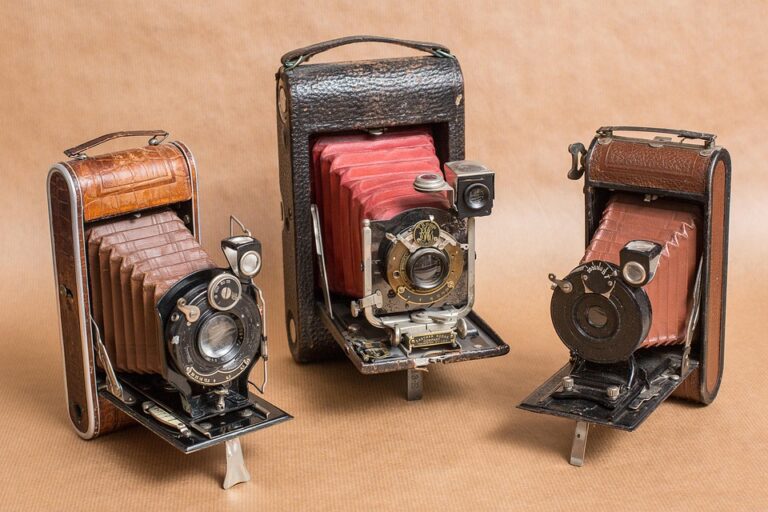From Arcades to Consoles: The Evolution of Retro Gaming
The gaming world has transformed dramatically over the years, evolving from simple pixelated screens in arcades to complex, immersive experiences on modern consoles. This journey isn’t just a tale of technology but also one of culture and nostalgia. Today, let’s explore the evolution of retro games and their profound impact on the gaming landscape, tracing the roots from arcades to home consoles.
The Golden Age of Arcade Games
Arcades became a cultural phenomenon in the late 1970s and early 1980s. This marked the dawn of what we now refer to as retro games, with classics like Pong and Space Invaders capturing the attention of millions. The arcade environment fostered a community atmosphere where players could gather to compete and socialize, enhancing the gaming experience.
Iconic Classics
- Pac-Man (1980): This iconic game revolutionized the industry, becoming a cultural symbol. Did you know that by 1990, Pac-Man had generated over $2.5 billion in quarters?
- Donkey Kong (1981): Marking the debut of Mario, this game not only changed the gaming narrative but laid the foundation for successful franchises.
These titles became the cornerstone of retro gaming, influencing countless successors and solidifying their place in gaming history.
Transition to Home Consoles
The late 1980s and early 1990s saw a significant shift with the introduction of home consoles, allowing players to experience retro games in the comfort of their homes. Systems like the Nintendo Entertainment System (NES) and the Sega Genesis laid the groundwork for the console gaming we know today.
Home Gaming Boom
- Sales Statistics: By the 1990s, it was estimated that the home console market was worth over $10 billion, highlighting the shift in player preferences.
- Cultural Impact: Home consoles also allowed for more complex storytelling and gameplay, pushing boundaries and creating deeper connections between players and characters.
In this new era, developers began to innovate more rapidly, providing players with engaging narratives and characters, thus expanding the audience for retro games.
Understanding Nostalgia
Nostalgia plays a crucial role in the resurgence of retro gaming. With the rapid advancement of technology, many players long for the simpler times of classic arcade games. This desire has led to a revival of retro titles in modern formats, including remastered versions and compilations.
The Rise of Retro Game Collections
With the advent of digital distribution platforms like the Nintendo eShop and PlayStation Network, gamers can access a plethora of retro titles with just a few clicks. These platforms have provided a new lease on life for retro games, allowing both new players and seasoned veterans to enjoy these timeless classics.
Retro Remakes and Ports
Many companies have capitalized on this nostalgia by remaking classic games:
- Crash Bandicoot N. Sane Trilogy: A modern take on the beloved platformer that appeals to both old fans and new players alike.
- Sonic Mania: Revives the classic Sonic experience while infusing it with fresh elements, making it a worthy entry in the franchise.
These remakes not only honor the originals but also breathe new life into retro games, ensuring their relevance in today’s gaming market.
The Influence of Indie Developers
Indie developers have played a pivotal role in keeping the spirit of retro games alive. Drawing inspiration from classic gameplay and aesthetics, many indie titles have embraced the charm and simplicity of retro gaming.
Examples of Indie Successes
- Celeste: Combining retro graphics with compelling gameplay and a touching story, it has garnered critical acclaim and numerous awards.
- Shovel Knight: This game successfully merges retro mechanics with modern design principles, appealing to a broad audience.
These indie games demonstrate that the influence of retro games is more than a fleeting trend; it’s a continuing legacy that thrives in today’s gaming scene.
The Future of Retro Gaming
As technology continues to advance, the future of retro gaming looks promising. It’s expected that:
- Augmented Reality (AR) and Virtual Reality (VR) may soon be integrated with retro game formats, providing an entirely new level of immersion.
- Platforms like Steam and GOG will continue to expand their selection of retro titles, ensuring easy access for players.
Retro games not only provide enjoyment and nostalgia but also serve as a reminder of the gaming industry’s foundational days, inspiring innovation and creativity.
Conclusion
From arcades to consoles, the evolution of retro games reflects the broader narrative of the gaming industry. Their enduring popularity underscores the importance of nostalgia, community, and innovation. As we look ahead, retro games will undoubtedly remain relevant, paving the way for future generations of players to enjoy these classic experiences.
For more insights, check out our articles on the History of Video Game Consoles and Top 10 Iconic Retro Games You Must Play.
For further reading, you can explore Kotaku’s history of arcade gaming and IGN’s retrospective on classic games to delve deeper into this ever-evolving landscape.
Image Suggestions:
-
Image of a Classic Arcade Machine
Alt Text: Retro games – Classic arcade machine showcasing iconic games.
- Image of a Modern Console with Retro Game Collection
Alt Text: Retro games – Modern console displaying a collection of retro titles.


